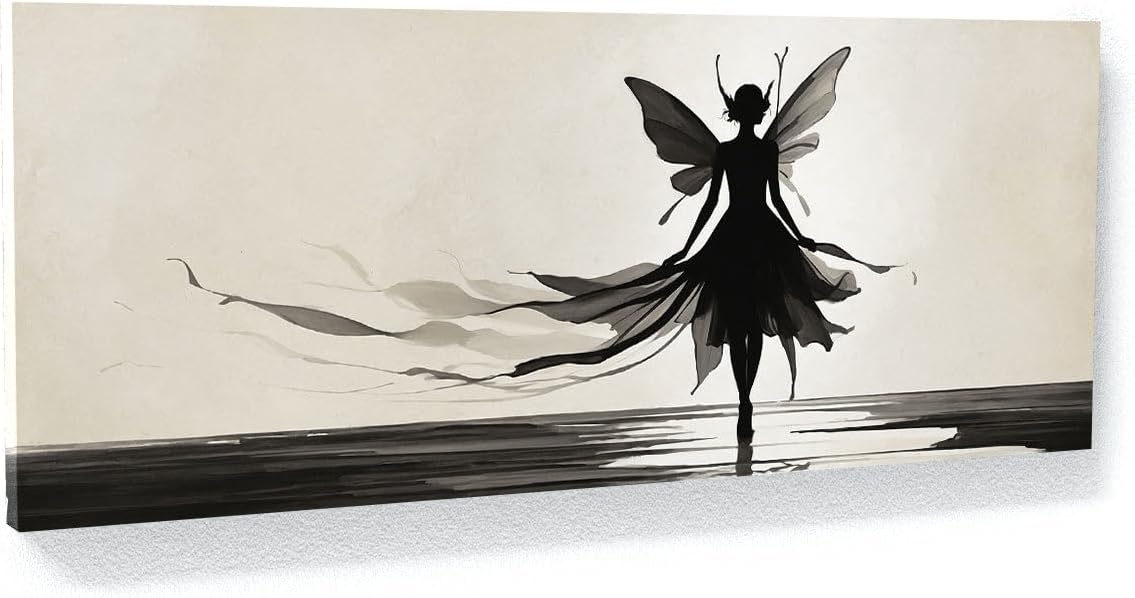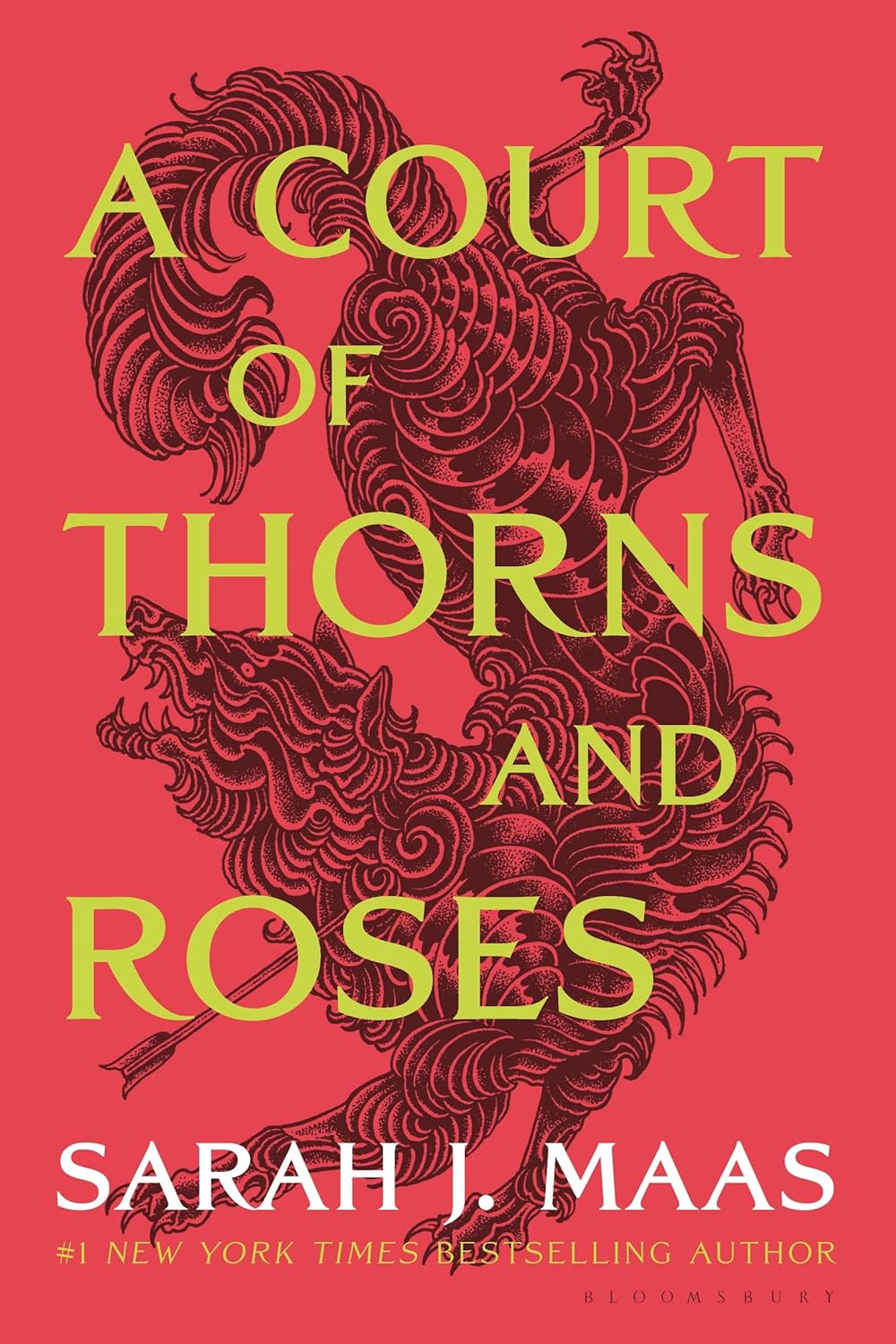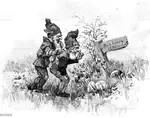- Home
- Fairy Blog
- Fairy Cakes
- Fairy Quotes
- Safety Dance
- The Flower Fairies Books
- What is a Fairy?
- Are Fairies Real?
- Faeries
- What are the Fae?
- Fae Fantasy Books
- Fairy History
- Origin of Fairies
- Fairies in Folklore
- Pixies
- Pixie Fairy Differences
- Gothic Fairies
- Tooth Fairy
- Fairy Festivals
- Fairy Gardens
- Fairy Garden Accessories
- Fairy Forests
- Fairy Poems
- Fairy Tales
- Fairy Tale Origins
- Classic Fairy Tales
- 24 Fairy Tales
- Fairy Tales around the World
- About Fantasy Creatures
- Dragons
- Dwarves
- Elves
- Gnomes
- Leprechauns
- Mermaids
- Unicorns
- Fairy Face Painting
- Free Fairy Art
- Fairy Coloring Pages
- Fairy Crafts For Kids
- Chinese Dragon Art
- How to Draw a Dragon
- Chinese Dragon Drawing
- Dragon Coloring Pages
- Fairy Tattoo Ideas
- About Us
- Contact Us
- Disclaimer
- Privacy Policy
The Story Of Thumbelina
The Story of Thumbelina by Hans Christian Andersen has mesmerized readers since its first appearance in 1835.
The tale has firmly established itself as a cornerstone in the literary world of fairy tales. Its enduring appeal rests not only on its vivid characters and intricate plot but also on its timeless messages.
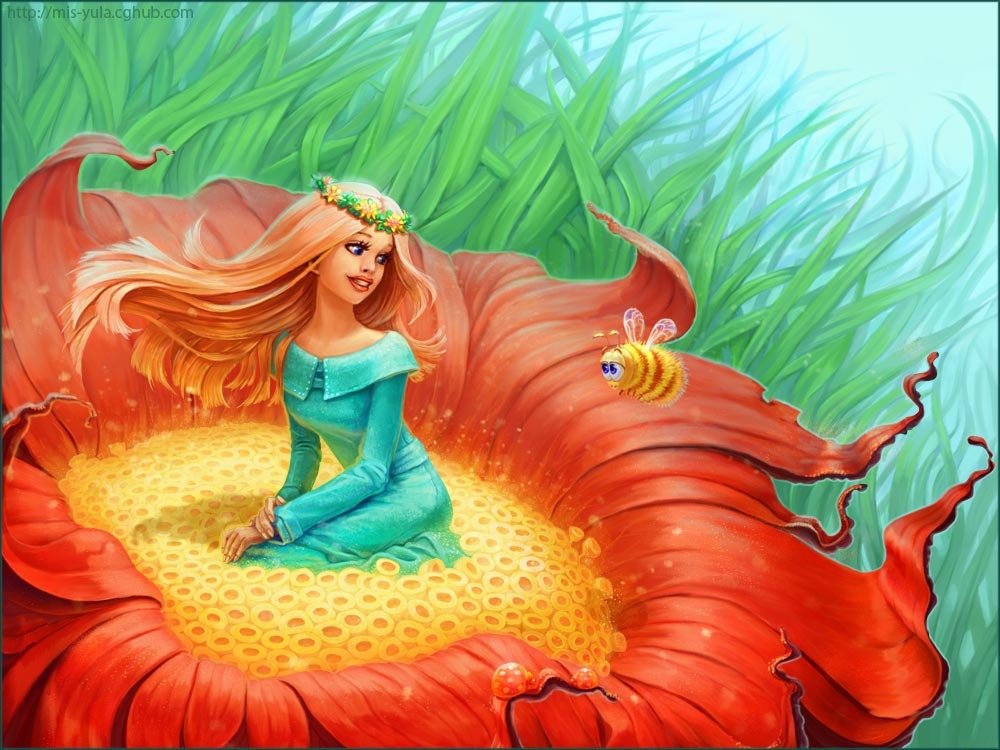
Fairy Canvas Wall Art
Check out this beautiful, unique, one of a kind fairy canvas picture - click here for more information and the best price!
The Story of Thumbelina: A World Within a Flower
Hans Christian Andersen: The Magician of Words
To understand the story of Thumbelina, it starts with its creator. Andersen was an extraordinary writer, producing not just fairy tales but also plays, travelogues, and poems. Despite facing loneliness and the struggle for social acceptance, he poured his personal experiences into his works. Thumbelina exemplifies Andersen’s unparalleled ability to marry personal sensibilities with universal truths.
Born in the heart of the Romantic era, Andersen brought to life the struggles and triumphs of individuals within his socio-cultural milieu. Romanticism played a significant role in his writings, which often reflect the conflict between human emotion and society's norms. These elements are intricately woven into the fabric of Thumbelina, making it more than a simple fairy tale.
Thumbelina’s Trials Are An Odyssey of Life Lessons
Thumbelina’s unique birth from a tulip flower sets the fantastical stage for her adventures. This magical inception symbolizes the incredible potential that can lie within seemingly mundane things, kicking off her journey through a world full of both wonder and peril.
The journey in the story of Thumbelina serves as an episodic framework, each section imbued with its own distinct challenges and moral lessons. From the greedy toad to the shallow beetle and the worldly but selfish mole, Thumbelina's interactions with these creatures serve as reflective mirrors of humanity’s virtues and vices.

Enriching the Narrative Landscape
One of Andersen's master strokes is his using the traits of animals and comparing them to human traits .
The characters of the toad and the mole are fascinating examples of anthropomorphism, where animals are given human traits and characteristics to add depth and nuance to the story.
Each represents different aspects of human behavior and societal norms, making them instrumental in the narrative structure and thematic elements of the tale.
The Frog: A Conniving Schemer
The frog, one of Thumbelina's earliest antagonists, serves as a potent symbol of deceit and manipulative power structures. Her conniving nature is evident in her scheme to kidnap Thumbelina with the sole aim of marrying her off to her son. She has a definite agenda—securing what she believes is a suitable wife for her offspring. Yet, she does so without regard for Thumbelina's feelings or autonomy.
The frog's manipulative actions are not born out of malice but rather a selfish sense of entitlement. She takes upon herself the authority to decide Thumbelina's fate, embodying the oppressive social constructs often forced upon women. In many ways, the frog reflects the societal pressures and patriarchal values that have historically curbed women's freedom and agency. Her behavior provides a stark commentary on the perils of unchecked authority and the suppression of individual will.
The Mole: An Intellectual Yet Flawed Being.
The mole is portrayed as a creature of intellect and sophistication. Unlike the frog, he isn't openly malevolent. He has a residence filled with artifacts, representing a life of comfort and learnedness.
However, his intellectualism is flawed by his self-centered world-view and his lack of emotional intelligence. The mole is well-read and well-spoken but fails to appreciate the intrinsic value of the world above ground, dismissing the sun and the birds as irrelevant.
His intelligence does not extend to emotional wisdom or the recognition of beauty in its purest forms. He intends to marry Thumbelina not out of love, but because he sees her as a suitable addition to his underground life.
In doing so, he completely ignores her desires and needs. The mole's intellectualism, then, is a double-edged sword. While it elevates him in terms of social standing and self-worth, it also blinds him to the emotional complexities of life, making him another obstacle Thumbelina must navigate on her journey towards true happiness.
These two characters add layers of complexity to the narrative. This approach makes the characters more relatable and the themes more resonant. Both the toad and the mole serve as cautionary figures.
The toad’s conniving nature warns us against the dangers of manipulative authority figures who impose their will on others.
The mole, despite his intellectualism, shows us that intelligence alone is not enough to make someone truly wise or kind. Each character enriches the story by adding layers of complexity, helping to transform "Thumbelina" from a simple fairy tale into a rich narrative replete with lessons on human nature and societal norms.
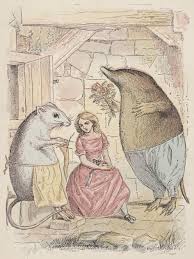
Describing Universal Themes: The goodness in Human Experiences, such as courage, kindness, and the pursuit of true love run through the narrative like a golden thread. These universal lessons speak to the reader’s heart, making Thumbelina a multi-generational tale. Moreover, darker undertones like loneliness and the horrors of forced marriage elevate it from a mere children's story to a complex narrative that can be appreciated at any age.
Thumbelina and Environment Leadership: A Dual Perspective
The tale also strikes environmental chords. Thumbelina's interplay with her natural surroundings illustrates how nature can be both an ally and an obstacle. Her final rescue by the swallow serves as an eco-friendly metaphor, encouraging symbiotic relationships between humans and nature.
The Cultural Phenomenon: Thumbelina’s Legacy in Modern Media with its widespread adaptations in various formats—from animated films to video games—Thumbelina's legacy goes beyond the written word. Its transformative journey through time stands as testimony to its universal and timeless appeal.
My Personal Thoughts: The depth and resonance of Thumbelina make it far more than a children's story. It's a complex tale filled with rich characters and intricate themes. It serves as a mini-picture of the world, including the breadth of human experiences—be it joy, sorrow, love, or despair.
Closing Thoughts: The immortal legacy in the story of Thumbelina by Andersen goes beyond being an engaging narrative.
The story of Thumbelina offers a lens through which to view life itself. Its enduring messages about personal courage, the quest for true love, and societal expectations make it a tale that will continue to be told, read, and loved for generations to come. Andersen's timeless masterpiece not only entertains but also enlightens, making it a gem in the treasure trove of world literature.
Read more about the Hans Christian Andersen fairy tales here.
You can see our list of 24 different fairy tales here.
Book of the Month
The Best Selling Fae Fantasy Book!
CLICK HERE for more information and best price!
Recent Articles
-
Fae Fantasy Books - where love can be both thrilling and terrifying!
Oct 27, 25 12:09 PM
Fae Fantasy Books - explore new aspects of what it means to be human in a world where magic and immortal beings exist! A perfect blend of danger and allure! -
What is a Gnome? Find Out Here!
Oct 24, 25 04:01 AM
What is a Gnome? We talk about the origins and history of gnomes. -
Discover The Best Quotes About Fairies
Oct 24, 25 03:58 AM
We have collected all the best Quotes About Fairies that we can find - Discover some inspiration and wonder in the World of fairies!
